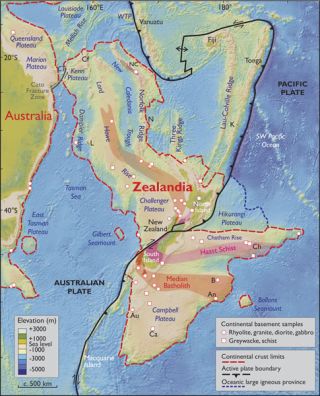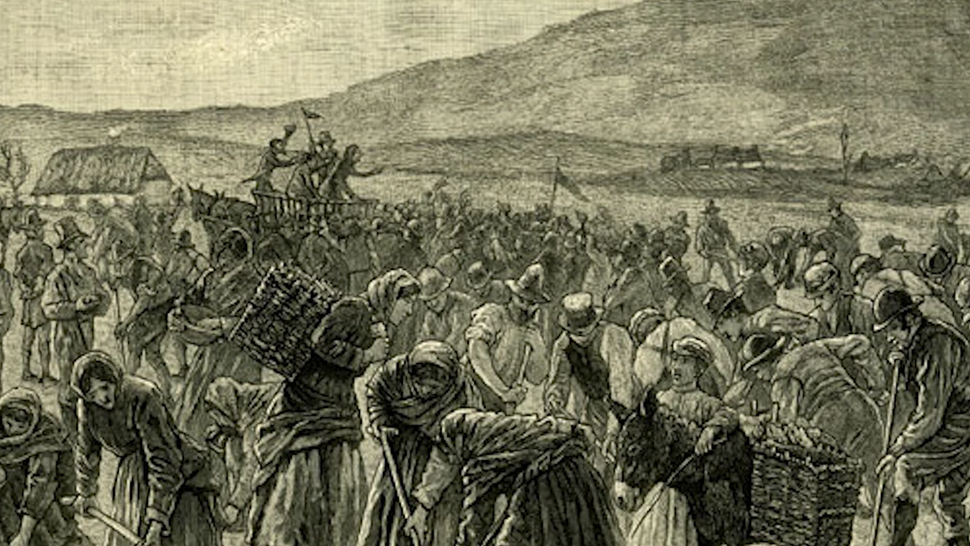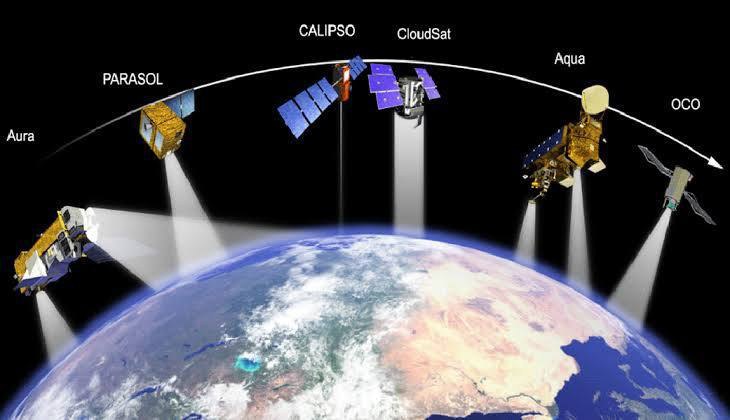Inflation is the general rise in prices and the decline in the purchasing power of money. It is typically measured using the Consumer Price Index (CPI), which tracks the prices of a basket of goods and services commonly purchased by households.
Different types of inflation include:
- Demand-Pull Inflation: This occurs when overall demand for goods and services exceeds supply, leading to price increases. It is often driven by factors such as increased consumer spending, rising wages, or government stimulus.
- Cost-Push Inflation: This results from an increase in the cost of production, leading to higher prices for goods and services. Factors such as rising wages, higher raw material costs, or energy price hikes can contribute to cost-push inflation.
- Built-In Inflation: This type occurs when there is an expectation of future inflation, leading to preemptive wage and price increases. This expectation-driven inflation can become self-reinforcing.
- Deflation: The opposite of inflation, deflation is characterized by a general decrease in prices and an increase in the value of money. It can result from reduced consumer demand, oversupply, or tight monetary policies.
- Disinflation: This refers to a slowdown in the rate of inflation, where prices continue to rise but at a slower pace. It can occur due to factors such as tighter monetary policies or a decrease in economic growth.
- Reflation: Reflation is a deliberate policy to increase the inflation rate in an economy, often used to combat deflation or stimulate economic growth. It involves implementing expansionary monetary and fiscal policies.
- Greedflation: This term describes inflation driven by excessive corporate greed and profiteering, leading to unjustified price increases for goods and services.
- Lowflation: Lowflation refers to a low and stable rate of inflation, which is generally seen as beneficial for economic growth and stability.
- Skew Inflation: Skew inflation occurs when the inflation rate varies across different sectors or goods and services. Some sectors may experience higher inflation rates than others, leading to an uneven impact on the economy.
In summary, inflation represents a complex interplay of economic factors that can have significant impacts on consumers, businesses, and policymakers. Understanding the different types of inflation is crucial for effectively managing its effects on the economy.













